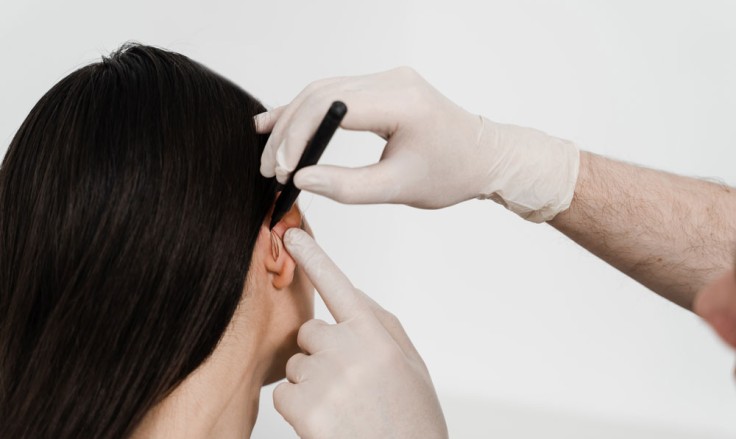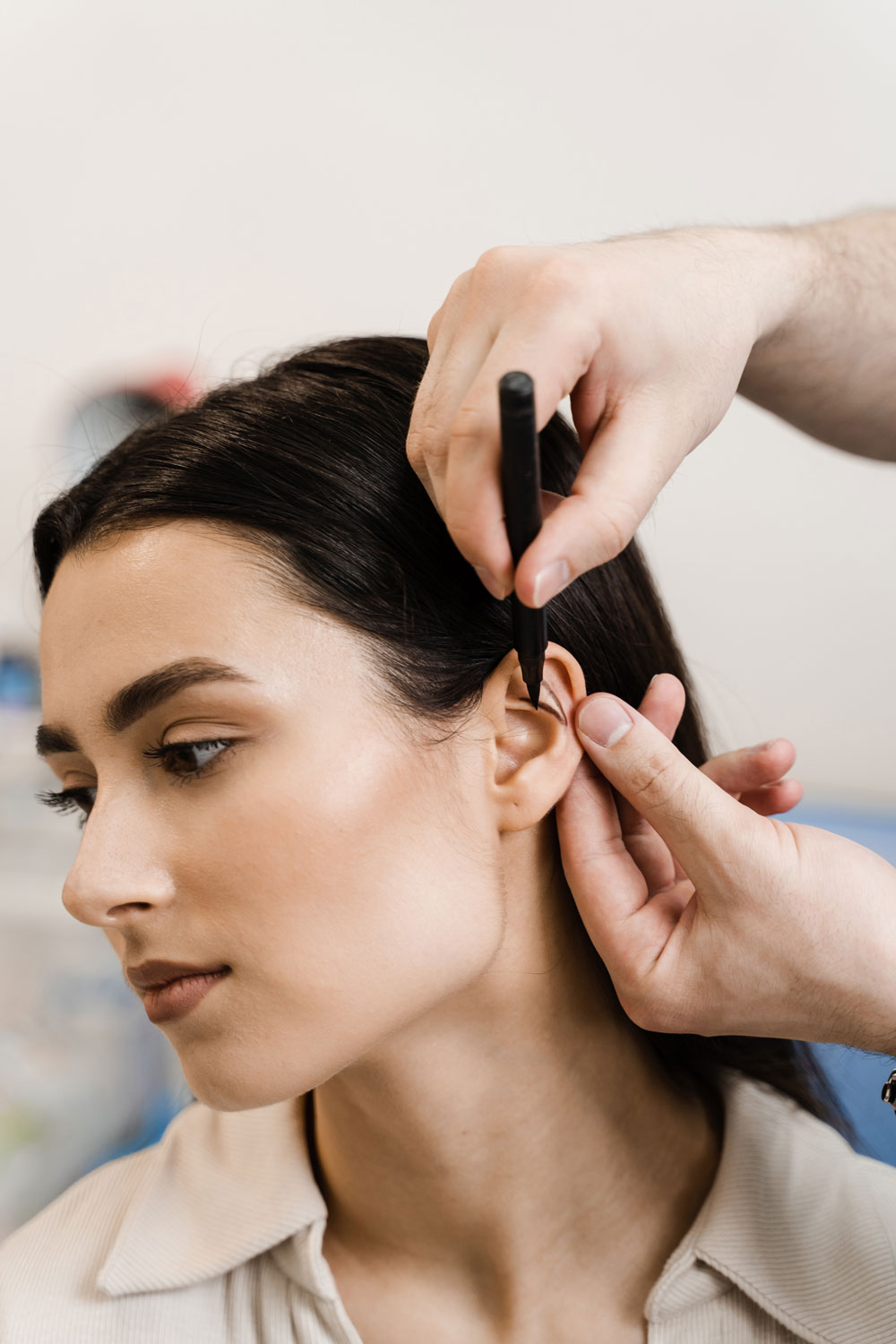Otoplasty in Turkey: What to Expect, Procedure, Cost
Introduction
Otoplasty is also known as ear surgery. It is a cosmetic procedure designed to reshape or reposition the ears. It is commonly performed to correct prominent ears, asymmetry, or other ear deformities. Turkey has become a popular destination for otoplasty. This is due to its high-quality medical care and affordable pricing. This article explores what you can expect from otoplasty in Turkey. Including the details of the procedure, and the associated costs.
Understanding Otoplasty
Otoplasty is a surgical procedure aimed at improving the appearance of the ears. It can be performed on children and adults to correct a variety of ear-related issues. This includes:
- Prominent Ears: Ears that stick out too far from the head.
- Asymmetrical Ears: Ears that are uneven or mismatched in size and shape.
- Ear Deformities: Congenital or injury-related deformities that affect the ear's appearance.
Why Choose Turkey for Otoplasty?
Turkey is renowned for its advanced medical facilities and experienced surgeons. Here are some reasons why Turkey is an ideal destination for otoplasty:
- High-Quality Medical Care: Turkish clinics and hospitals are equipped with state-of-the-art technology. They adhere to international healthcare standards.
- Experienced Surgeons: Many surgeons in Turkey have extensive experience and training in performing otoplasty. Ensuring high success rates and patient satisfaction.
- Affordable Pricing: The cost of otoplasty in Turkey is significantly lower than in many Western countries. This makes it an attractive option for international patients.
- Medical Tourism Infrastructure: Turkey has a well-developed medical tourism sector. It offers comprehensive services including travel arrangements, accommodation, and language support.
The Otoplasty Procedure
Initial Consultation: Before the procedure, you will have a consultation with your surgeon. This is to discuss your goals, medical history, and expectations. The surgeon will evaluate your ears and determine the best approach to achieve your desired results.
Preparation: Your surgeon will provide pre-operative instructions. This may include avoiding certain medications and foods, and guidelines for the day of surgery.
Procedure Steps
- Anaesthesia: Otoplasty is typically performed under local anaesthesia with sedation or general anaesthesia. Depending on the patient's age and the extent of the procedure.
- Incision and Reshaping: The surgeon makes an incision behind the ear to access the cartilage. The cartilage is then reshaped or repositioned to achieve the desired contour.
- Closing Incisions: The incisions are closed with sutures. The ears are bandaged to support healing and maintain their new position.
Recovery
Recovery from otoplasty involves a few key steps to ensure proper healing and optimal results:
- Initial Recovery: Expect some swelling, bruising, and discomfort for the first few days. Pain can be managed with prescribed medications.
- Headband: You may be instructed to wear a headband to protect your ears and maintain their new position, especially while sleeping.
- Activity Restrictions: Avoid strenuous activities and heavy lifting for several weeks. Light walking is encouraged to promote circulation.
- Follow-Up Appointments: Attend all scheduled follow-up appointments to monitor your progress and address any concerns.
Expected Results
The results of otoplasty are generally noticeable once the swelling subsides. Revealing a more balanced and natural ear appearance. Full results can take several months to become fully visible as the ears heal and adjust to their new shape. The outcome is permanent. However, this is provided you follow your surgeon's aftercare instructions and avoid any trauma to the ears.
Cost of Otoplasty in Turkey
The cost of otoplasty in Turkey is one of the key factors attracting international patients. The average cost is around $2,000, depending on the clinic and surgeon’s experience. Many clinics offer all-inclusive packages that cover the procedure, pre- and post-operative care, accommodation, and transportation.Some clinics may offer flexible payment plans to make the procedure more affordable.
Choosing the Right Clinic and Surgeon
Selecting the right clinic and surgeon is crucial for a successful otoplasty experience. Ensure the surgeon is board-certified and has extensive experience in otoplasty. Read reviews and testimonials from previous patients to gauge satisfaction and outcomes. Review the surgeon’s portfolio to see before and after photos of previous procedures.
Conclusion
Otoplasty in Turkey offers an excellent combination of high-quality care and affordability. Remember to always consult with a qualified and experienced surgeon to discuss your goals. Considering all these factors and understanding what to expect will ensure the best possible outcomes.
For more information on Otoplasty, please visit the ACIBADEM Beauty Center webpage.


